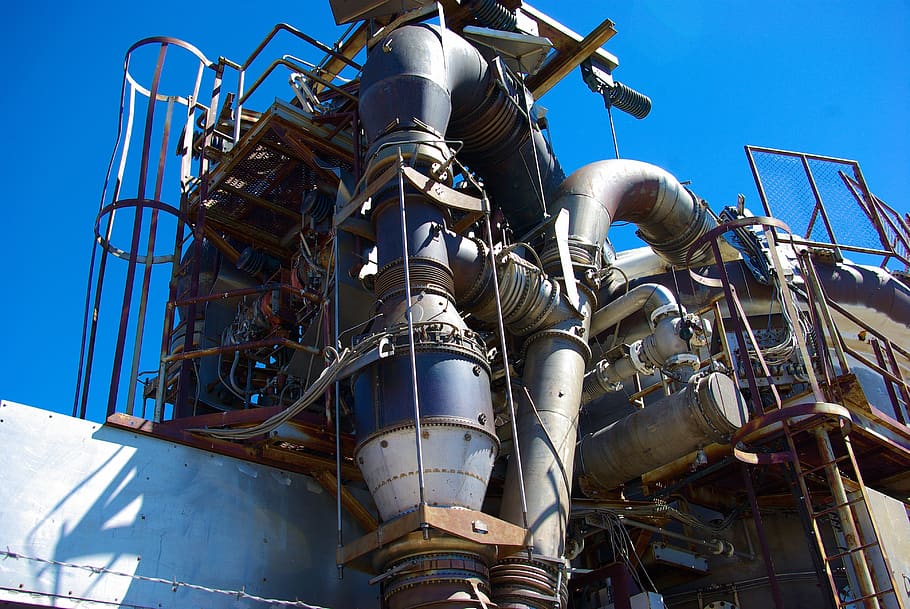Product
Boiler

Request a Quote
A heat exchanger is a device used to transfer Ameritube is a distributor and manufacturer of marine pipe, sleeves, and couplings, while distributing fittings and flanges used in the marine industry all over the world. Ameritube produces custom copper alloy tube from ¼” – 2.5″ outside diameter and .020″ to .109″ wall thickness. Ameritube also produces pipe sizes from ¼” to 1-1/2″ pipe, however larger sizes are available distributed by Ameritube. Special sizes are available upon request. The company has a variety of testing and bending capabilities to service your industrial copper, brass and copper nickel tube and piping needs. The section below details which alloys and sizes Ameritube provides.
Heat Exchangers
Ameritube’s copper nickel pipe is available in a variety of standards demanded by the marine industry all over the world. Adhering to MIL-T-16420k and ASTM B466. Performing hydrostatic testing, UT Testing, and all requirements to adhere to these standards, Ameritube is pleased to provide both small and large quantities, for ship sets, cooling systems, or whatever your next project needs.
History & Benefits
Copper Heat Exchangers
Heat exchangers using copper and its alloys have evolved along with heat transfer technologies over the past several hundred years. Copper condenser tubes were first used in 1769 for steam engines. Initially, the tubes were made of unalloyed copper. By 1870, Muntz metal, a 60% Cu-40% Zn brass alloy, was used for condensers in seawater cooling. Admiralty metal, a 70% Cu-30% Zn yellow brass alloy with 1% tin added to improve corrosion resistance, was introduced in 1890 for seawater service.[2] By the 1920s, a 70% Cu-30% Ni alloy was developed for naval condensers. Soon afterwards, a 2% manganese and 2% iron copper alloy was introduced for better erosion resistance. A 90% Cu-10% Ni alloy first became available in the 1950s, initially for seawater piping. This alloy is now the most widely used copper-nickel alloy in marine heat exchangers.
Today, steam, evaporator, and condenser coils are made from copper and copper alloys. These heat exchangers are used in air conditioning and refrigeration systems, industrial and central heating and cooling systems, radiators, hot water tanks, and under-floor heating systems.
Copper-based heat exchangers can be manufactured with copper tube/aluminium fin, cupro-nickel, or all-copper constructions. Various coatings can be applied to enhance corrosion resistance of the tubes and fins.
Heat exchangers are devices that transfer heat in order to achieve desired heating or cooling. An important design aspect of heat exchanger technology is the selection of appropriate materials to conduct and transfer heat fast and efficiently.
Copper alloys suc as has many desirable properties for thermally efficient and durable heat exchangers. First and foremost, copper is an excellent conductor of heat. This means that copper’s high thermal conductivity allows heat to pass through it quickly. Other desirable properties of copper in heat exchangers include its corrosion resistance, biofouling resistance, maximum allowable stress and internal pressure, creep rupture strength, fatigue strength, hardness, thermal expansion, specific heat, antimicrobial properties, tensile strength, yield strength, high melting point, alloyability, ease of fabrication, and ease of joining.
The combination of these properties enable copper to be specified for heat exchangers in industrial facilities, HVAC systems, vehicular coolers and radiators, and as heat sinks to cool computers, disk drives, televisions, computer monitors, and other electronic equipment. Copper is also incorporated into the bottoms of high-quality cookware because the metal conducts heat quickly and distributes it evenly. (Click here for more – Wikipedia)
Corrosion resistance is essential in heat transfer applications where fluids are involved, such as in hot water tanks, radiators, etc. The only affordable material that has similar corrosion resistance to copper is stainless steel. However, the thermal conductivity of stainless steel is 1/30th that of copper. Aluminium tubes are not suitable for potable or untreated water applications because it corrodes at pH
Protective films can be applied to the inner surface of copper alloy tubes to increase corrosion resistance. For certain applications, the film is composed of iron. In power plant condensers, duplex tubes consisting of an inner titanium layer with outer copper-nickel alloys are employed. This enables the use of copper’s beneficial mechanical and chemical properties (e.g., stress corrosion cracking, ammonia attack) along with titanium’s excellent corrosion resistance. A duplex tube with inner aluminium brass or copper-nickel and outer stainless or mild steel can be used for cooling in the oil refining and petrochemical industries. – (Wikipedia)
Copper-nickel alloys have been proven over many years in sea water pipework and other marine applications. These alloys resist biofouling in open seas where they do not allow microbial slime to build up and support macrofouling.
Researchers attribute copper’s resistance to biofouling, even in temperate waters, to two possible mechanisms: 1) a retarding sequence of colonization through slow release of copper ions during the corrosion process, thereby inhibiting the attachment of microbial layers to marine surfaces; and/or, 2) separating layers that contain corrosive products and the larvae of macro-encrusting organisms. The latter mechanism deters the settlement of pelagic larval stages on the metal surface, rather than killing the organisms. – (Wikipedia)
